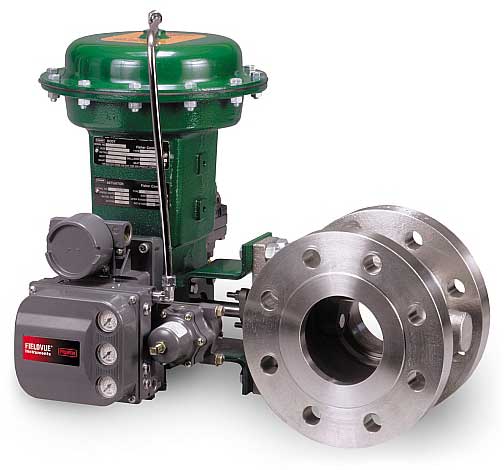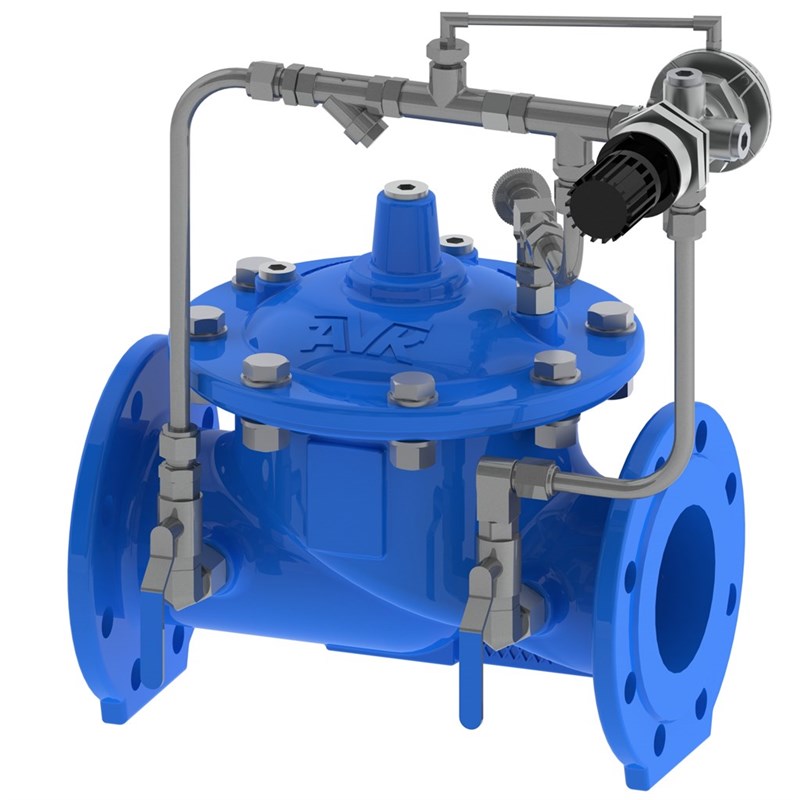Recognizing the Importance of Control Valves in Process Automation
Recognizing the Importance of Control Valves in Process Automation
Blog Article

Maximize Energy Savings and Comfort With Advanced Building Automation Controls
In the world of modern style and center management, the assimilation of innovative structure automation regulates stands as a crucial advancement. By utilizing the power of automation, structures can adapt, respond, and advance in ways that were once unthinkable.
Power Efficiency Advantages
Power efficiency benefits can substantially reduce energy intake and operational expenses in structures. By applying energy-efficient methods and modern technologies, building owners and drivers can achieve significant cost savings while likewise adding to ecological sustainability. Among the key advantages of improving energy effectiveness in structures is the decrease of energy costs. Energy-efficient systems, such as advanced building automation controls, can optimize making use of resources like cooling, home heating, and illumination, leading to reduced energy expenditures in time.
Moreover, improved energy performance can extend the lifespan of structure devices and systems. By operating extra effectively, a/c systems, lighting fixtures, and various other structure components experience much less damage, causing minimized maintenance and replacement expenses. In addition, energy-efficient buildings often regulate higher home worths and rental rates, giving long-lasting financial advantages to proprietors.
Moreover, power effectiveness can enhance passenger comfort and performance. Effectively controlled interior environments with optimum lighting and thermal conditions develop a more pleasurable and conducive work area, bring about improved worker complete satisfaction and efficiency. In general, the power performance benefits related to sophisticated building automation controls are multifaceted, including expense financial savings, ecological stewardship, and occupant wellness.
Improved Convenience Control
Enhancing convenience control in structure environments requires a sophisticated integration of advanced automation systems for optimal owner wellness. By making use of innovative building automation controls, facilities can customize the interior environment to fulfill the specific needs and choices of residents. These systems allow accurate policy of temperature level, lights, and ventilation, developing a productive and comfy ambience. Occupant complete satisfaction and efficiency are carefully linked to thermal comfort, making it important to have systems in position that can adapt to transforming conditions in real-time.
By integrating these advanced controls, structures can not just enhance convenience however also boost power performance by optimizing system procedures based on actual tenancy and usage patterns. Eventually, prioritizing resident convenience with innovative automation systems leads to a more delightful and healthier indoor setting.
Operational Performance Improvements

Moreover, the application of real-time tracking and analytics tools additional reading allows building operators to identify power inefficiencies and operational abnormalities without delay. By constantly checking power use patterns and system performance metrics, adjustments can be made in real-time to optimize power consumption and make sure peak operational efficiency. control valves. In addition, incorporating need feedback techniques into structure automation controls can even more boost functional efficiency by dynamically adjusting power usage based on grid conditions and prices signals
Indoor Climate Optimization
Effective interior climate optimization is an essential element of structure automation controls, guaranteeing this content occupants' comfort and well-being while making best use of power savings. By making use of sophisticated sensing units and controls, building automation systems can continually readjust and keep track of temperature, humidity degrees, air high quality, and ventilation to develop an ideal interior environment. Maintaining consistent and comfortable problems not only boosts occupant complete satisfaction however additionally improves performance and total wellness.
Indoor environment optimization likewise plays a vital function in power performance. By fine-tuning cooling, air flow, and home heating systems based on real-time information and tenancy patterns, constructing automation controls can considerably lower energy consumption - control valves. Executing strategies such as demand-controlled air flow and thermal zoning can help lessen energy waste while making sure that each location of the building obtains the essential conditioning.

Sustainable Environment Development
Building automation regulates not only enhance indoor environment problems for power efficiency and occupant comfort yet likewise lay the structure for creating a sustainable setting through critical monitoring of resources and systems. By integrating sophisticated building automation technologies, such as Continued sensing units, actuators, and intelligent software, centers can check and readjust power use in real-time to decrease waste and decrease their carbon footprint. These systems allow anticipating maintenance, identifying possible issues prior to they rise and enhancing tools performance to boost long life and effectiveness.
Additionally, lasting setting production expands beyond energy monitoring to include water preservation, waste reduction, and interior air high quality improvement. Structure automation controls can regulate water use, spot leakages, and make sure proper garbage disposal practices, adding to overall sustainability initiatives. In addition, by controlling and monitoring ventilation and purification systems, these technologies boost owner health and performance while decreasing energy consumption associated with heating and cooling procedures.
Final Thought
To conclude, progressed structure automation manages deal considerable advantages in terms of energy cost savings, comfort control, functional performance, interior environment optimization, and creating a sustainable atmosphere. By implementing these controls, structures can achieve ideal efficiency while decreasing power intake and enhancing occupant convenience. It appears that making use of sophisticated automation innovation is vital in boosting building performance and producing a more lasting future.
Energy effectiveness advantages can considerably minimize power intake and operational costs in structures. On the whole, the energy efficiency advantages linked with innovative building automation controls are diverse, encompassing expense savings, ecological stewardship, and passenger well-being.
Additionally, incorporating demand action techniques right into structure automation controls can additionally enhance operational efficiency by dynamically adjusting power use based on grid problems and prices signals.
Building automation regulates not only optimize indoor environment problems for power efficiency and owner comfort however also lay the foundation for creating a lasting setting with calculated management of sources and systems.In verdict, progressed building automation regulates offer substantial advantages in terms of energy savings, convenience control, operational effectiveness, interior environment optimization, and creating a lasting environment.
Report this page